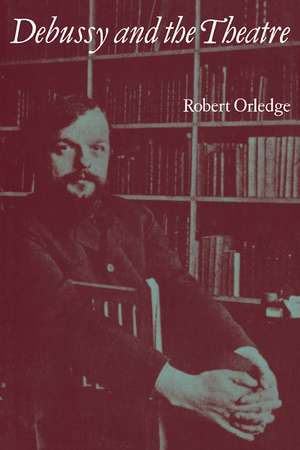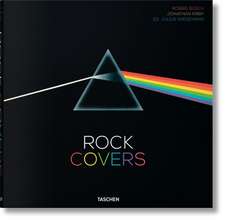Debussy and the Theatre
Autor Robert Orledgeen Limba Engleză Paperback – 18 mar 2009
Preț: 381.45 lei
Nou
Puncte Express: 572
Preț estimativ în valută:
72.99€ • 78.05$ • 60.86£
72.99€ • 78.05$ • 60.86£
Carte tipărită la comandă
Livrare economică 18 aprilie-02 mai
Preluare comenzi: 021 569.72.76
Specificații
ISBN-13: 9780521105163
ISBN-10: 0521105161
Pagini: 404
Dimensiuni: 152 x 229 x 23 mm
Greutate: 0.59 kg
Editura: Cambridge University Press
Colecția Cambridge University Press
Locul publicării:Cambridge, United Kingdom
ISBN-10: 0521105161
Pagini: 404
Dimensiuni: 152 x 229 x 23 mm
Greutate: 0.59 kg
Editura: Cambridge University Press
Colecția Cambridge University Press
Locul publicării:Cambridge, United Kingdom
Cuprins
1. Introduction; Part I. The Operas: 2. Before Pelléas: Axel, Rodrigue et Chimene and other early projects, including Diane au bois; 3. Pelléas et Méllsande (1893–5, 1901–2); 4. After Pelléas: the Poe operas (Le diable daps le beffroi, La chute de la Maison Usher); Part II. The Ballets: 5. Khamma (1911–13); 6. Nijinsky and Diaghilev's Ballets Russes (1909–13); 7. La boite a joujoux (1913); 8. The Alhambra Theatre: No-ja-li or Le palais du silence and Printemps (1913–14); 9. Crimen amoris, later Fetes galantes (1912–15); Part III. Incidental Music For The Theatre: 10. Le martyre de Saint Sebastien (1911); 11. The remaining incidental music (1899–1913) and the plays written in collaboration with René Peter; Part IV. Incomplete And Unstarted Projects; 12. As you like it; Lout's, Segalen and the projects from Pelléas onwards (1895–1917); Part V. In Perspective: 13. Debussy in and about the theatre: some observations and conclusions.
Descriere
Debussy and the Theatre means, in effect, 'Debussy and Pellias et Milisande', the opera both established Debussy's mature style and changed the course of operatic history.











